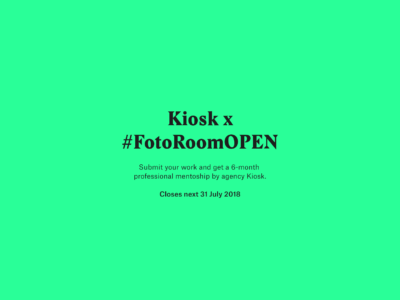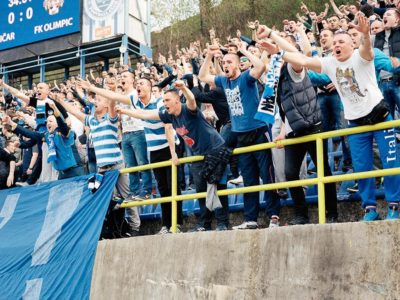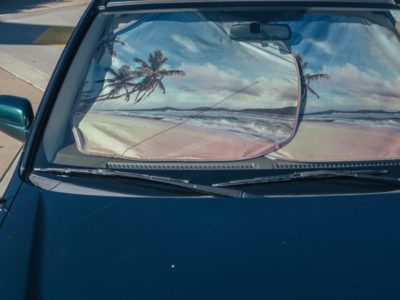Meet Regina Maria Anzenberger, the Juror of ‘Visual Storytelling’
You have time until next 30 June to enter Visual Storytelling, our latest open call juried by Regina Maria Anzenberger, the founder and director of Vienna’s AnzenbergerGallery. The winner of the call’s Portfolio category may be selected to participate in the AnzenbergerMasterclass, a 10-month-long training opportunity for emerging photographers during which the participants will be closely followed by a mentor throughout the making of a long-term project (applicants must be available to participate to 10 weekends of face-to-face-meetings in Vienna). We had a quick chat with the call’s juror to discover more about her interest for photography and the mission of the AnzenbergerMasterclass:
Hello Regina, thank you for jurying our Visual Storytelling call and for offering a spot in the AnzenbergMasterclass to the winning photographer. Tell us a bit about how you became interested in photography.
When I was a teenager I was drawing and painting a lot, then I started to work as an illustrator for magazines when I was 14 years old. This was how I began to get in touch with the world of photography.
Besides being a photographic artist yourself, you are very active in the promotion of contemporary photography through the AnzenbergerAgency, the AnzenbergerGallery and the ViennaPhotoBookFestival. Why did you decide to work with and for other photographers, and what do you like about it?
As most artists, I could not live on my works alone, but I realized I could make a living being a photo editor, so in 1989 I founded the AnzenbergerAgency, an international representation of photographers. Back then the world of photographers was very lively compared to that of painters, who were working alone in their studios. I also felt that compared to painting, the medium of photography was very young and there was still a lot to do. The challenge was much bigger than working in art and painting at the time. Let’s say I saw a future in it, my future. And I enjoy a lot communicating with other artists and selling their works. In the gallery, I like to create a community and a dialogue about photography and art.
Let’s talk about the AnzenbergerMasterclass, which reaches its fourth edition this year. How was the idea for the masterclass born?
In 2010, I have been a master myself for a class of 15 photographers from the Balkan region, organized by the World Press Photo and the Robert Bosch Foundation. When the AnzenbergerGallery moved to this big space in Vienna’s former Anker bread factory in 2012, we suddenly had the space to do lectures, workshops etc. After one year of workshops we thought we should do something more long-term, so we founded the AnzenbergerMasterclass.
The program perfectly fits the philosophy of the AnzenbergerAgency. An important factor to select a new photographer to represent through the agency is that he or she has been working on a certain topic for an extended period of time: I deeply believe that only through committing to your own projects on the side of your daily jobs you can develop and grow as a photographer and artist.
Every student of the AnzenbergerMasterclass will be closely followed by one of four master photographers during the creation of a long-term project. Can you share some details about how the mentorship will work?
Each student will be assigned to one of the four masters—Eugenia Maximova, Andrew Phelps, Klaus Pichler and Reiner Riedler—who can be contacted at any time during the ten months that the masterclass lasts, even in the pauses between each of the 10 face-to-face meetings in Vienna.
The students can expect to have their work supervised by the master photographer through regular and individual portfolio reviews, to engage in open discussions, and to participate in lectures and workshops with the master photographers. On top of that, they will join lectures, workshops, seminars and portfolio reviews by national and international photography experts such as Gerry Badger, Martin Kollar, Nicolo Degiorgis, Corinne Noordenbos, Simon Roberts, Laura El-Tantawy, Michael Kollmann, Agnieszka Rayss and myself, on topics like book-making, editing, production and budgeting.
What can the selected participants expect to learn from the AnzenbergerMasterclass?
The participants will learn to develop their ideas and concepts; gather information and do research about the selected theme; get started with their project; implement their concept; tell a story with pictures; approach people and find places to photograph; edit and sequence the images; make a budget for their project; present and promote their work; and finally create a book and/or exhibition.
Submissions to the Visual Storytelling call close next 30 June. What kind of work would you like to come across going through the entries?
The most important thing for me is that a student has a certain knowledge of—or at least a strong interest in—the theme they want to make work about. This can also be a professional field that they want to make more out of through the use of photography. For example, in the past we had a participant who was working at the department of Statistics at a local university. During the masterclass, he worked on using photography to visualize statistics: his work became a wonderful book project with an intelligent and beautiful visual approach.
Get all the details on how to apply to Visual Storytelling on the call’s launch page. We can’t wait to see your visual stories!
Keep looking...
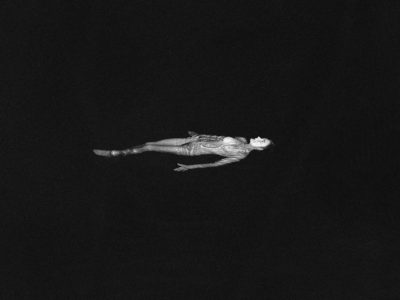
Dylan Hausthor Explores the Power of Gossip in Mysterious Images
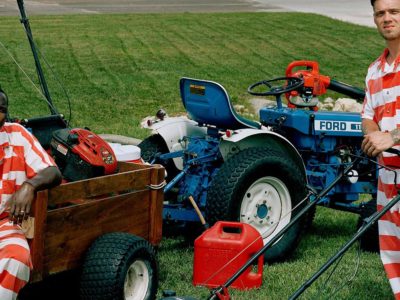
Max Mikulecky Photographs Small Town America Along the Historical Santa Fe Trail
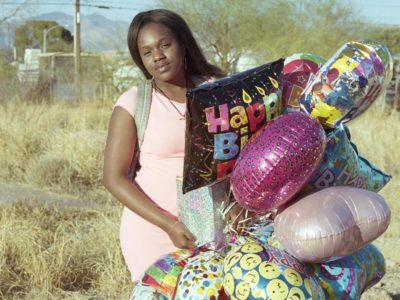
FotoFirst — Jordan Putt Creates Work Inspired by His Job as a Land Surveyor
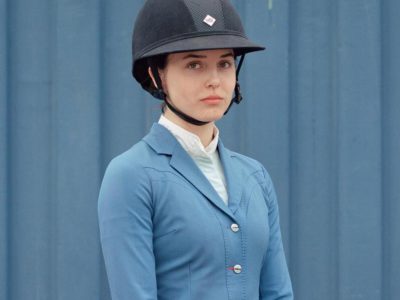
Kati Leinonen Portrays the Female Horse Riders of Her Hometown
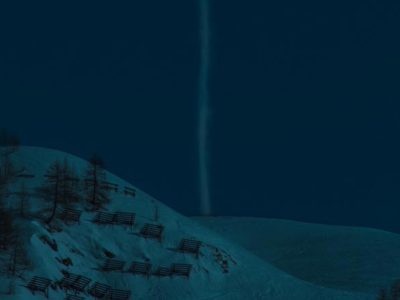
FotoFirst — Francesco Merlini Creates Eerie Images of the Valley of His Childhood Memories
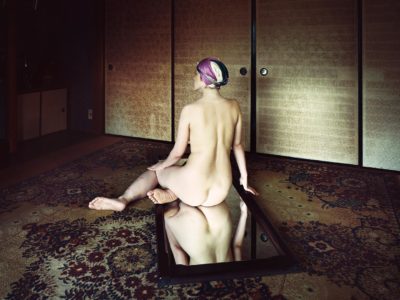
These Creative Portraits by Yoshiki Hase Are Inspired by Life in Rural Japan
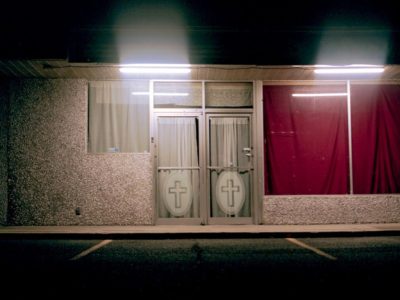
Nothing’s Coming Soon — Clay Maxwell Jordan Explores the American South

